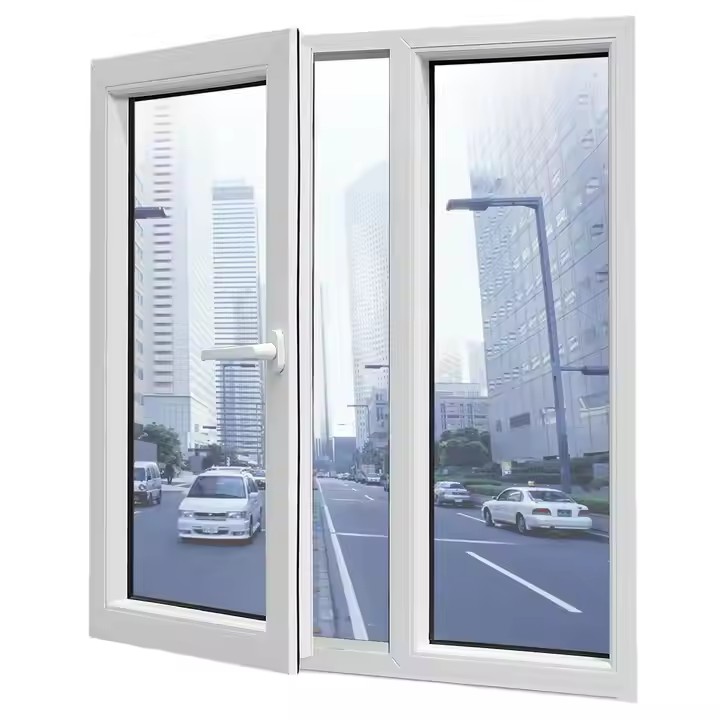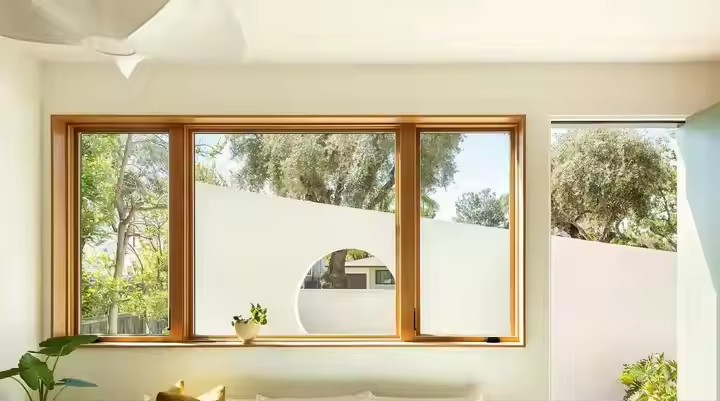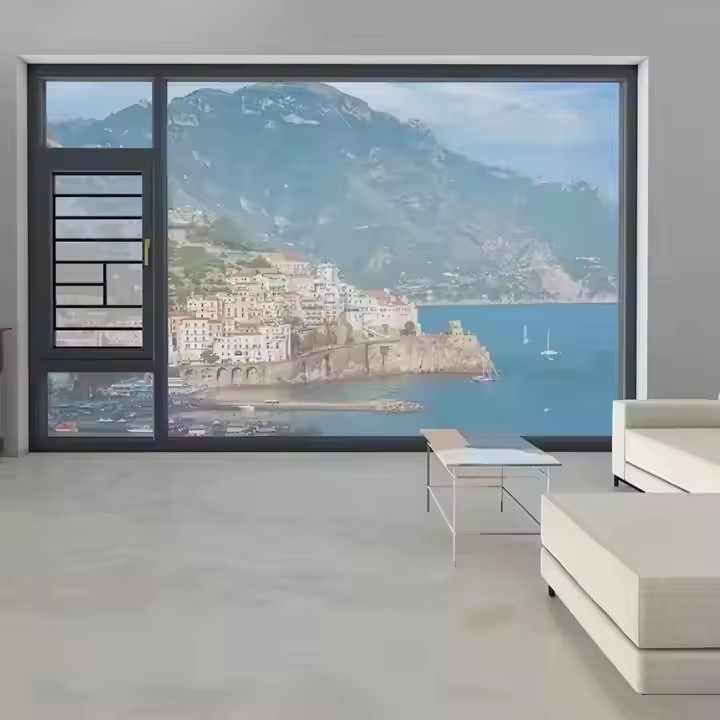The essence of Australian custom windows and doors lies in aligning products with the local natural environment, climate conditions, architectural traditions, and lifestyle. From materials and design to functionality and aesthetics, every element is carefully adapted to the unique attributes of the land.
Material Selection
The distinctiveness of Australian custom windows and doors is first reflected in the balance between using local natural materials and meeting durability requirements. Australia is rich in hardwood resources such as eucalyptus and cedar. These woods are hard and stable, capable of withstanding both dry inland and humid coastal climates. Their natural textures and colors also harmonize with surrounding landscapes like grasslands and forests. Preserving the wood’s natural color with a clear lacquer creates a warm rustic charm for country houses, while combining wood with metal or glass introduces modernity and durability—well-suited for suburban villas.
Given the country’s intense sunlight and high summer temperatures, aluminum frames are widely adopted. Matte black, deep gray, or silver finishes minimize glare under direct sunlight while blending seamlessly with coastal apartments or minimalist city facades. Black steel frames, with their industrial aesthetic, are popular for renovations in inner-city areas such as Melbourne, striking a balance between historical character and modern taste.
Glass choices are equally climate-driven. Double glazing is a standard feature, insulating homes from summer heat, winter cold, and urban or suburban noise. Coated glass in light gray or bronze reduces glare under Australia’s long daylight hours, while frosted or reeded glass provides privacy and adds a unique play of light and shadow to luxury homes—turning windows and doors into mediators of light between indoors and outdoors.

Design and Functionality
Australian custom windows and doors are tailored to local lifestyles and architectural forms. Families typically value indoor-outdoor connectivity, natural light, and ventilation. This makes sliding windows a mainstream choice—narrow frames maximize glass surface for ample daylight, save opening space, and suit small homes, balconies, and viewing areas. Statistics show that over 60% of Australian households prefer sliding windows, underscoring their suitability.
Casement windows, which open outward, allow maximum airflow and are particularly suitable for hot regions like Queensland. When paired with concealed screens, they also block insects, balancing comfort and practicality. Bay windows meet the demand for space and views: their outward extension increases usable indoor area while broadening sightlines—whether overlooking a garden, coastline, or grassland. This design is common in detached houses and townhouses, serving as a bridge between interior living and the natural scenery outside.

Aesthetic Expression
The color palette of Australian custom windows and doors emphasizes harmony with regional environments. Neutral tones remain timeless: dark gray, charcoal, and sand pair well with Brisbane’s off-white façades or Sydney’s suburban red-brick homes, conveying understated elegance. Localized colors add distinctive flair: in coastal areas, light blue, beige, or natural wood tones echo the sea, sand, and sky, making homes appear to grow naturally from the landscape. Inland regions favor browns and terracotta shades, blending with grasslands and red deserts, reducing visual dissonance between architecture and nature. In essence, color choices make windows and doors part of the local landscape rather than isolated decorative elements.
Conclusion
The local characteristics of Australian custom windows and doors are not mere stylistic symbols but the outcome of deep integration—where material, design, functionality, and color converge with Australia’s natural environment, climate, and lifestyle. Ultimately, they embody the philosophy of “architecture adapted to the land, windows and doors connecting life.”

